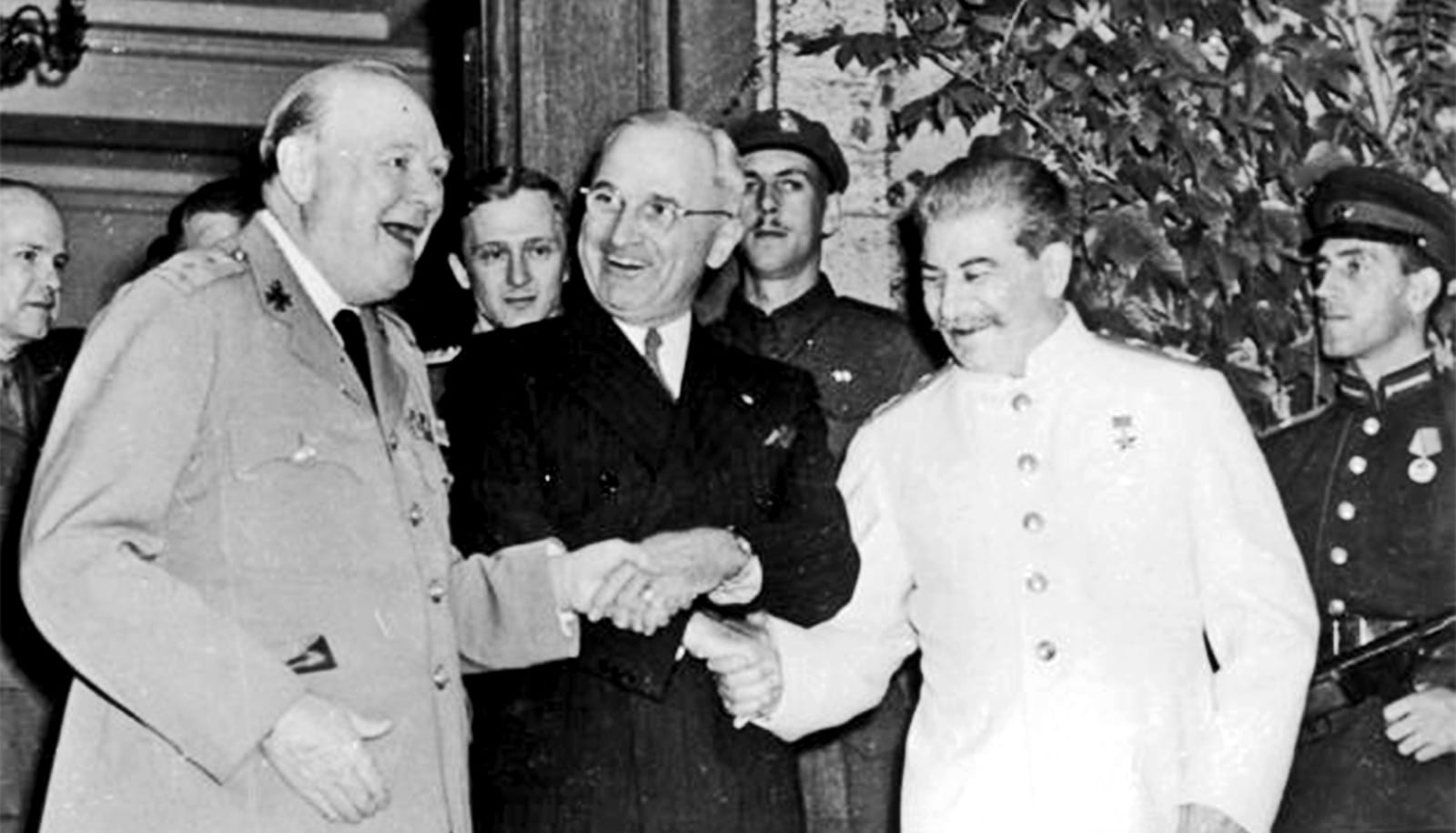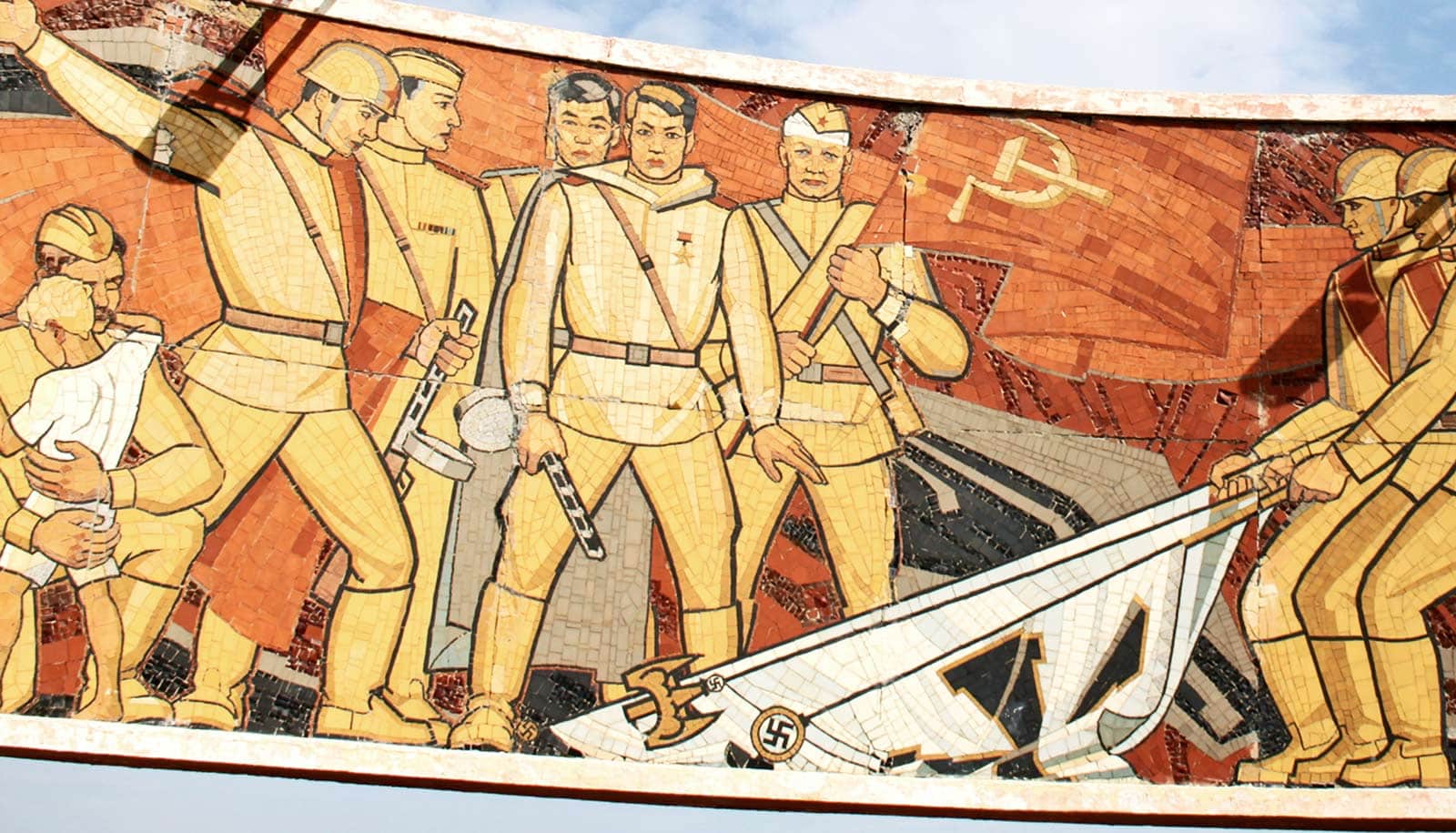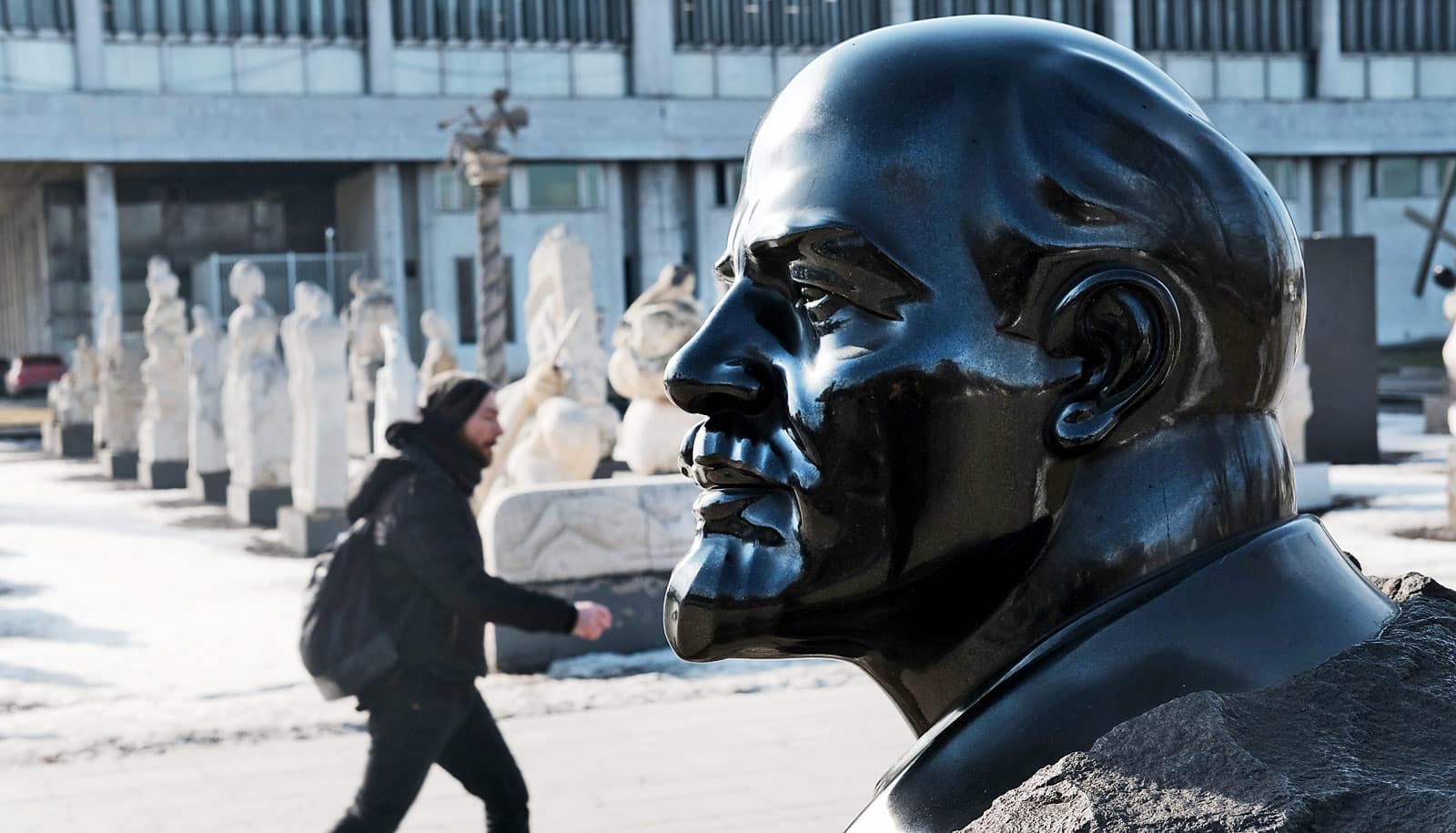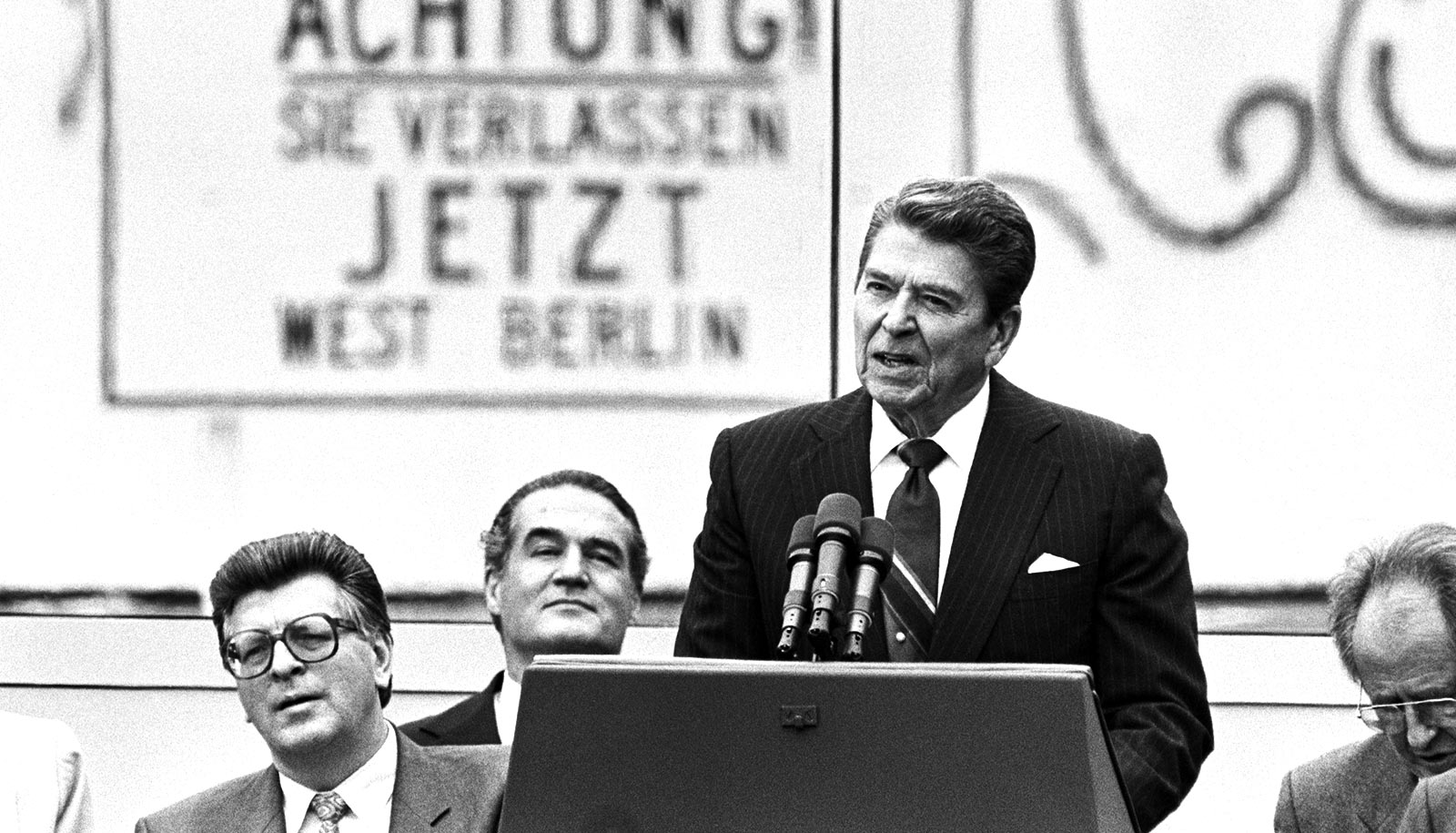Many historians consider the division of Europe in the aftermath of World War II inevitable, because, they believe, Soviet leader Josef Stalin was eager for communism to sweep the continent. But historian Norman Naimark disagrees.
Stalin didn’t plan to have an Iron Curtain descend across Europe, says Naimark, professor in Eastern European studies at Stanford University. Instead, the Soviet premier sought a more open and flexible approach to his foreign policy, even with neighboring countries such as Finland, Poland, and Czechoslovakia.
But Stalin’s diplomacy failed as often as it succeeded, says Naimark who has recently published a new book reassessing Stalin’s postwar foreign policies, Stalin and the Fate of Europe: The Postwar Struggle for Sovereignty (Belknap Press, 2019).
And it was the failures that brought down the Iron Curtain.
Here, Naimark explains his research on the postwar order in Europe:
What was Europe like after World War II?
Europe was poor, devastated, full of displaced and disaffected people, and morally, physically, and spiritually spent. It was something of a miracle that Europeans got themselves back on their feet as quickly as they did.
How did Stalin view Europe post-World War II?
Certainly after the war, Stalin saw Europe with the eyes of an ultra-realist, meaning he saw opportunities he could exploit for expansion and influence. But he was also wary of getting the Soviet Union in any kind of clash with the Americans and British on the continent. Thus, he frequently discouraged the more radical aims of European communists.
What were Stalin’s ambitions for communism in Europe during this period?
Stalin’s long-term ambitions no doubt were related to the spread of communism throughout the continent. He was hopeful that the Americans would withdraw their troops from Europe, return to their prewar isolationist policies, and allow him maximum room for maneuver. When this did not happen, he sought to forward the interests of communism, especially in those areas under his control, but always with the view of not antagonizing the West to the point of being drawn into a military conflict.
What made the years 1948 and 1949 such a watershed in the history of the Cold War and the division of Europe?
Several important—irreversible—events happened that changed the character of the relationship between the East and West. The Czechoslovak communist coup d’etat demonstrated that it would be almost impossible to have a coalition regime between communists and non-communists in a democratic framework. The Berlin Blockade in 1948-49, followed by the establishment of the West and East German states in 1949, cemented the growing division of Berlin and of Germany itself. And American involvement in the Italian elections of February 1948 and the foundation of NATO in April 1949, among other developments, meant that the US would be an active participant in European security questions.
Can you share an example of how Stalin succeeded, and also how he failed, in these efforts?
Stalin failed as often as he succeeded. Finland, for example, remained free of communist influence on its domestic policies and was able through skillful diplomacy to carve out a space for independent development. On the other hand, Stalin succeeded in imposing his will on Poland. But it is also the case that Poland was in some senses doomed to fall under Soviet hegemony and communist rule given its crucial geostrategic location in Europe.
You observed how hangovers of hostility remain between the United States and the Soviet Union in the post-Cold War period. What legacy has Stalin left on foreign relations today?
Stalin’s policies no doubt contributed to a deep distrust of Moscow’s intentions after the war, into the Cold War, and continuing to this day. Americans continue to find it very difficult to make deals with Russian dictators, even when it is in their interests and the interests of their allies. Sometimes, I think it is hard for Washington to distinguish between the person and policies of a Vladimir Putin and a Josef Stalin. Yet the differences are legion.
Source: Stanford University



